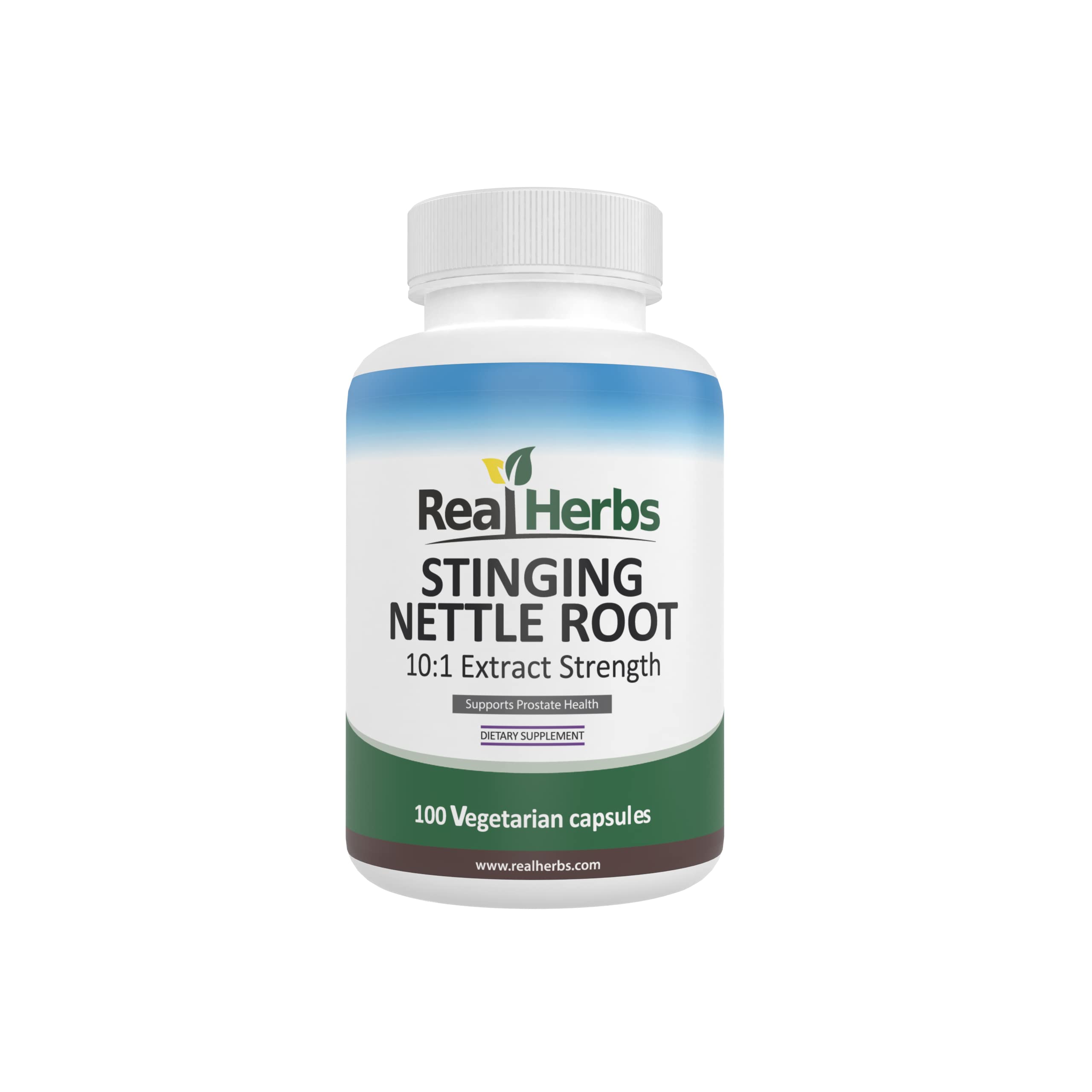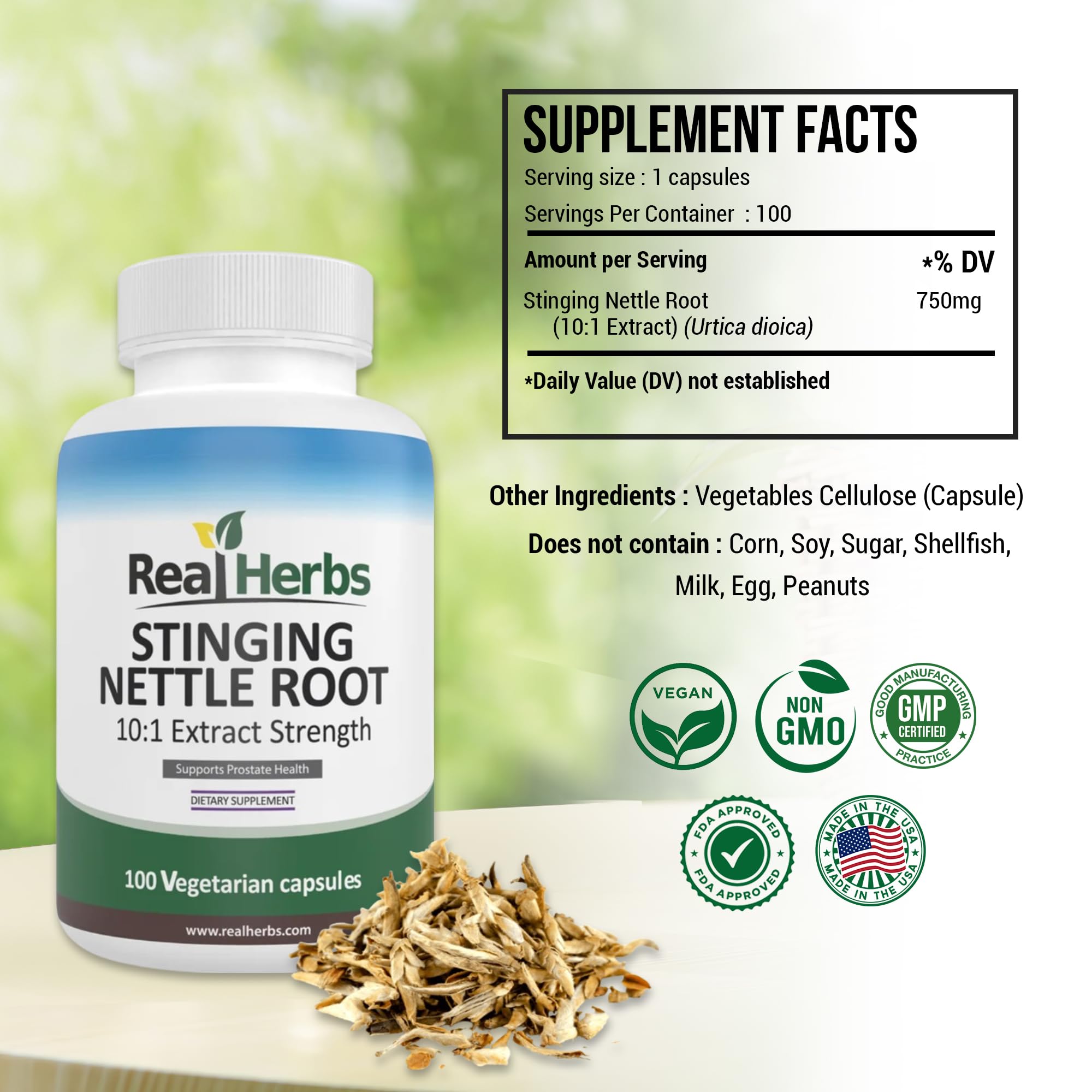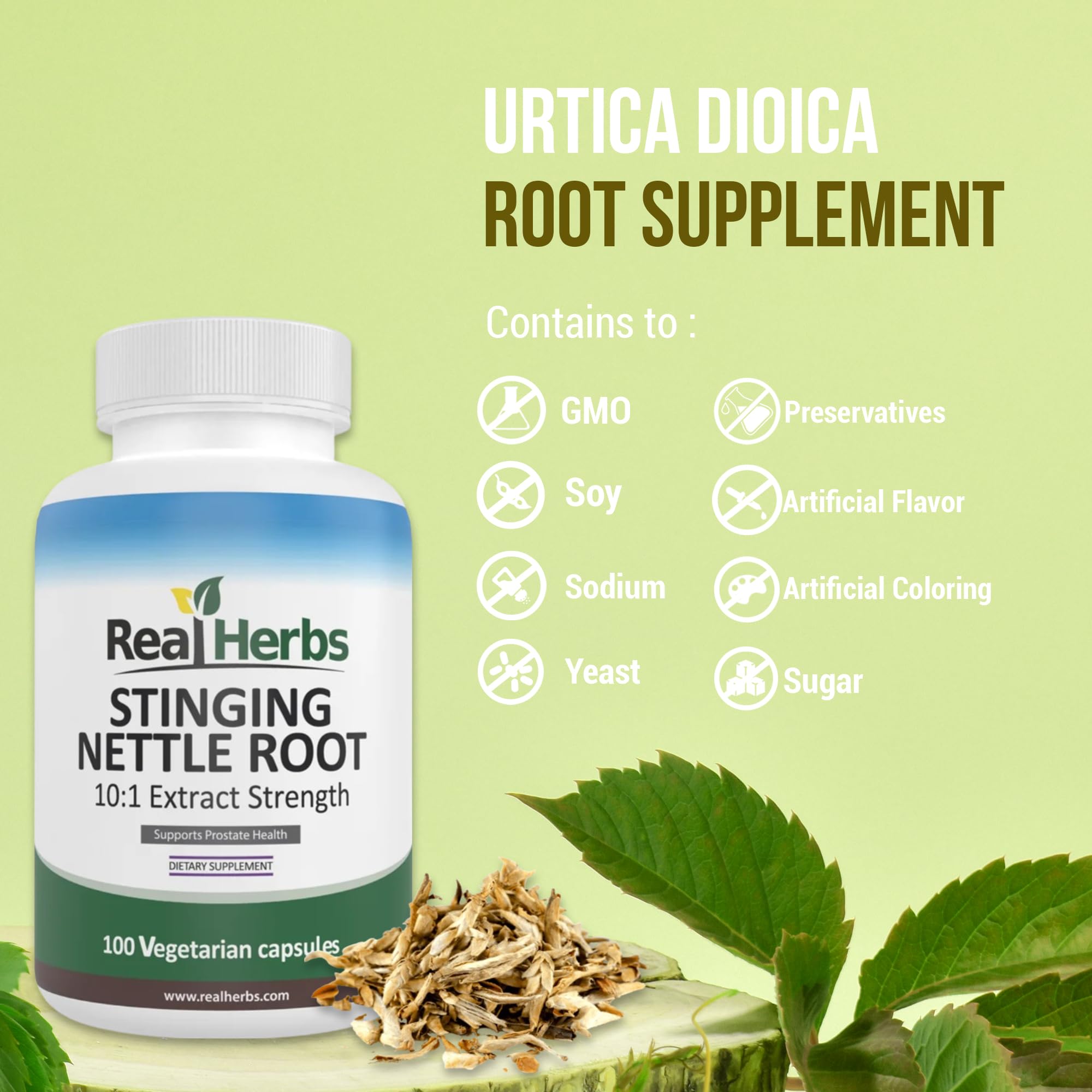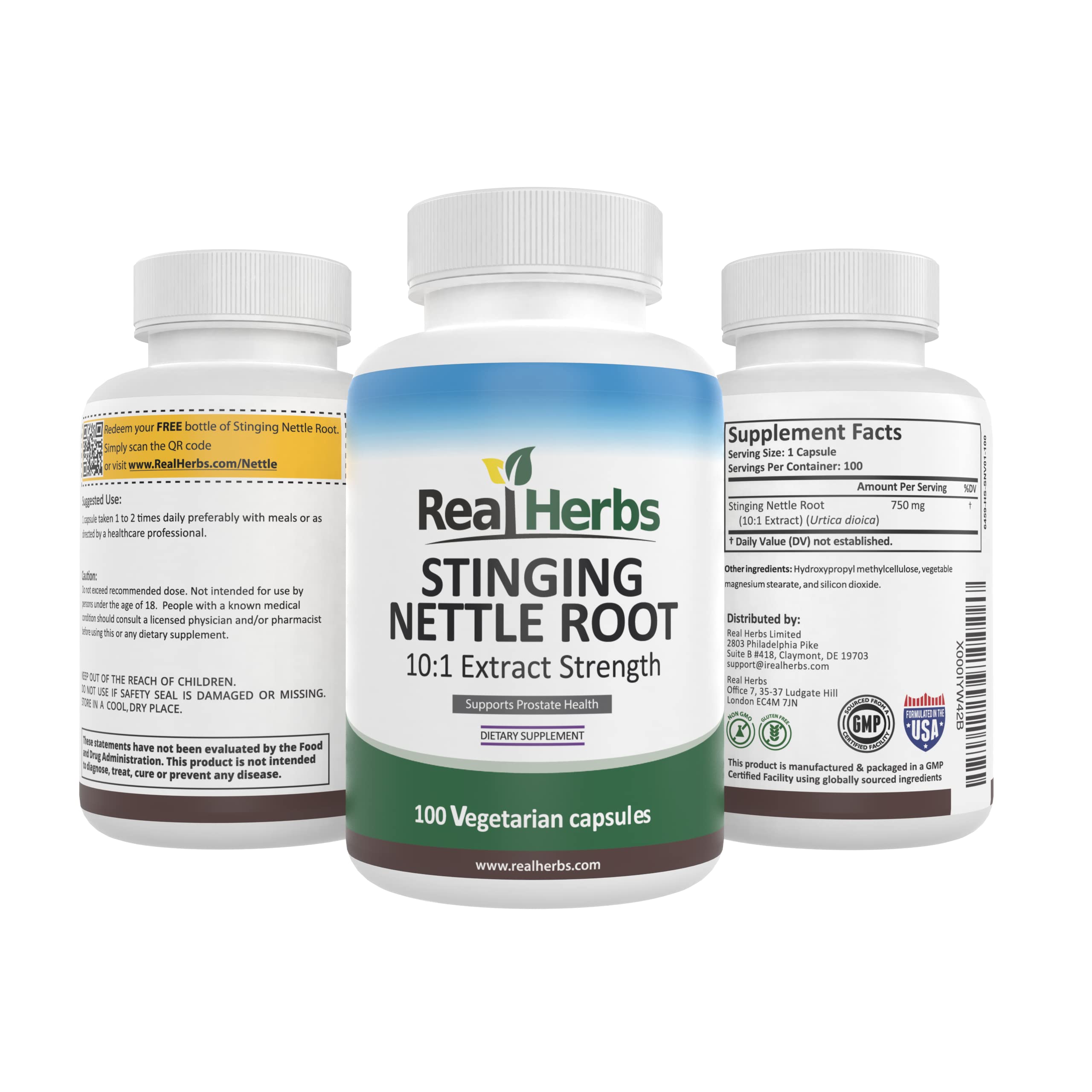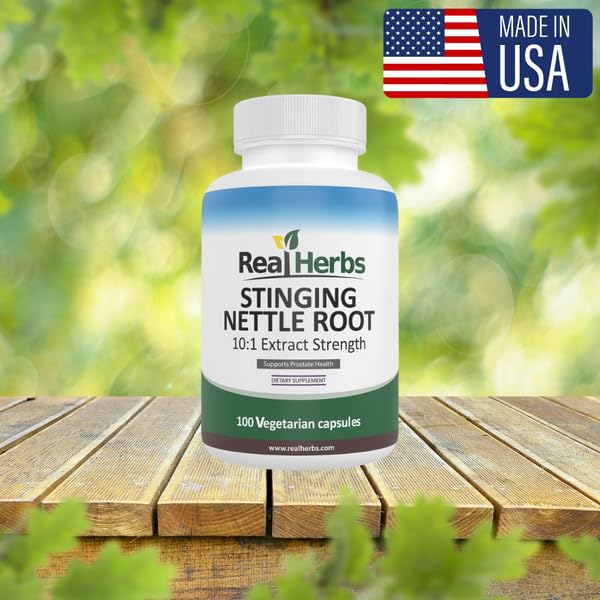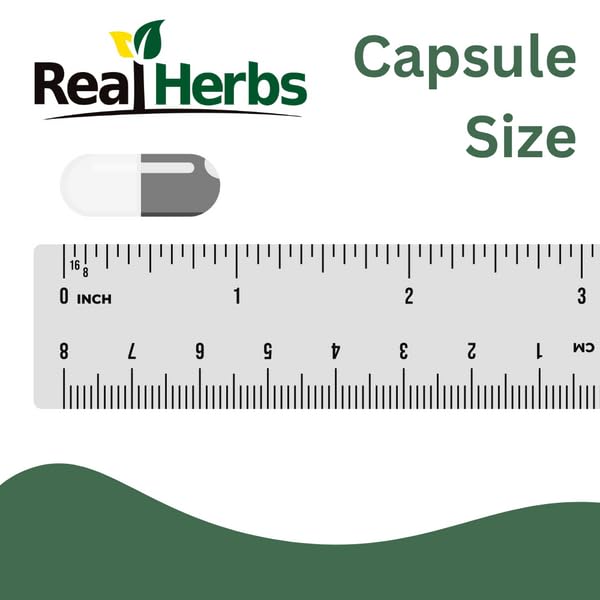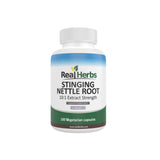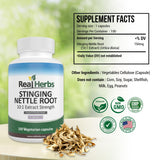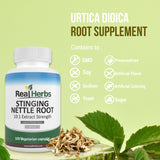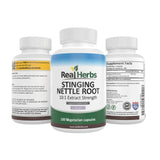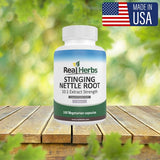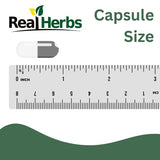The Science of Nettle: How Urtica dioica Works
The Science of Nettle: How Urtica dioica Works
A deep dive into the phytochemical composition and biochemical mechanisms behind this ancient, multi-functional herb.
Understanding the Multifaceted Nature of Stinging Nettle
Stinging Nettle (*Urtica dioica*) has been used for centuries across different cultures, but only modern science has begun to truly unravel the complex mechanisms that underpin its vast array of benefits, from anti-inflammatory support to prostate health [2, 3]. Nettle's power doesn't come from a single compound, but from a synergistic mix of phytochemicals concentrated differently across the leaf, stem, and root [4, 11].
This guide breaks down the primary mechanisms of action, connecting the plant's traditional uses directly to the specific biochemical pathways it influences in the human body.

1. The Anti-Inflammatory and Antioxidant Engine
One of the most widely studied benefits of *Urtica dioica* is its potent ability to modulate inflammation and combat oxidative stress, which are core drivers of chronic disease [7, 9].
Mechanism A: Modulating the Master Switch (NF-κB)
The NF-kappaB (Nuclear Factor kappa-light-chain-enhancer of activated B cells) pathway is often called the "master switch" for inflammation. When activated by stress or pathogens, it tells the body to produce pro-inflammatory molecules (cytokines). Nettle extracts, particularly those rich in flavonoids and phenolic compounds, have been shown to inhibit the activation of NF-κB [4, 6]. By turning down this master switch, nettle helps reduce the overall inflammatory response in conditions like arthritis and inflammatory bowel issues [9].
Mechanism B: Targeting Key Enzymes (COX and HPGDS)
Nettle interferes with the production of pain and inflammation mediators (like prostaglandins) by inhibiting key enzymes, including Cyclooxygenase (COX-1/COX-2) and Hematopoietic Prostaglandin D2 synthase (HPGDS) [8]. This action is similar to non-steroidal anti-inflammatory drugs (NSAIDs) but achieves the effect through a complex herbal matrix [8].
Mechanism C: Potent Antioxidant Defense
The whole nettle plant is rich in antioxidants, including Vitamins C and E, carotenoids, and polyphenols [2, 3, 11]. These compounds directly scavenge free radicals, mitigating oxidative stress that contributes to systemic inflammation and aging [10].
2. Hormonal Modulation and Prostate Health (Root Specific)
The nettle root is uniquely positioned to treat Benign Prostatic Hyperplasia (BPH) and influence hormonal bioavailability due to its concentration of lipophilic compounds [5].
Mechanism A: Binding Sex Hormone Binding Globulin (SHBG)
The root contains specific lignans (such as 3,4-divanillyltetrahydrofuran) that exhibit a high binding affinity for SHBG [5]. SHBG binds to sex hormones (like testosterone and estrogen), rendering them inactive. By binding to SHBG itself, nettle root effectively frees up more bioavailable ("free") testosterone, which is the active form the body can use [5, 3].
Mechanism B: Anti-Proliferative Effects on Prostate Cells
Root extracts contain phytosterols and lectins that directly influence prostate cell metabolism and growth [5, 12]. These components help inhibit the growth and multiplication of prostate cells, which is the underlying cause of BPH and associated urinary issues [3].
Mechanism C: Diuretic Action and Urinary Flow
Nettle root has demonstrated diuretic activity, promoting urine flow and helping to flush the urinary tract. This action, alongside the direct anti-inflammatory and anti-proliferative effects on the prostate, contributes to improved Lower Urinary Tract Symptoms (LUTS), such as reduced frequent urination and nocturia [3, 14].
3. Immune and Allergic Response (Leaf/Aerial Parts)
The leaf and aerial parts are traditionally known for treating hay fever and immune conditions, thanks to specific compounds that modulate allergic reactions.
Mechanism A: Histamine Receptor Antagonism
Nettle extract acts as an antagonist at the Histamine-1 (H1) receptor [8]. This means it can block the sites where histamine normally attaches, preventing the chemical from triggering common allergic symptoms like itching, sneezing, and nasal congestion [8, 14].
Mechanism B: Mast Cell Stabilization
The extract also helps inhibit mast cell tryptase, an enzyme released when mast cells degranulate (burst open) and release histamine [8]. By stabilizing mast cells, nettle effectively helps suppress the initial inflammatory cascade in response to an allergen [8].
4. The Sting: Mechanism of the Trichomes
The stinging sensation, which gives the plant its name, is caused by specialized needle-like hairs called trichomes on the leaves and stems [1]. These brittle, silica-tipped structures break upon contact, delivering a cocktail of irritating biochemicals:
- Histamine: Causes immediate itching and redness.
- Acetylcholine: Contributes to the burning pain.
- Serotonin: Thought to intensify the inflammatory and painful response [13].
- Formic Acid: Causes the stinging sensation [1].
Crucially, processing (drying, heating, or extracting) deactivates this mechanism, rendering supplements and cooked nettle completely safe to consume [2].
Harness the Power of the Nettle Root's Science
To effectively support prostate health and hormonal balance, you need a product that targets the SHBG-binding and anti-proliferative mechanisms proven by science.
Real Herbs Stinging Nettle Root Extract is sourced and processed to ensure a high concentration of the lipophilic lignans found in the root, delivering maximum therapeutic potential consistent with clinical trial methodology.
Start your scientifically-backed journey today, protected by our 100-Day Money-Back Guarantee!
"I appreciate understanding the exact mechanisms—it's not just folklore. The anti-inflammatory action is noticeable." - Thomas R.
"Knowing the extract is formulated specifically for the prostate mechanisms is why I choose this brand." - Alex S.
Disclaimer: The information provided in this article is for educational purposes only and is not intended as medical advice. Always consult with a qualified healthcare professional before starting any new supplement regimen.
Scientific Credibility & Citations
- Mechanism of action of stinging nettles. *Toxicol In Vitro*. 2011. PMID: 21396858 (Sting Mechanism)
- Nutritional and pharmacological importance of stinging nettle (Urtica dioica). *Heliyon*. 2022. PMID: 35800714 (Nutritional/Pharmacological Review)
- Screening of pharmacological uses of Urtica dioica. *Prog Biophys Mol Biol*. 2020. PMID: 31163183 (Pharmacological Overview)
- Urtica dioica-Derived Phytochemicals for Pharmacological and Therapeutic Applications. *Evid Based Complement Alternat Med*. 2022. PMC8894011 (Phytochemicals/Mechanisms)
- Stinging Nettle (Urtica dioica) Roots: The Power Underground. *Plants (Basel)*. 2025. PMID: 39861633 (Root Focus/Lignans)
- The medicinal chemistry of Urtica dioica L. *Biomed Pharmacother*. 2023. PMC10176313 (Chemistry/Neuroprotection)
- Lipophilic stinging nettle extracts possess potent anti-inflammatory effects. *Phytomedicine*. 2013. PMC3529973 (Anti-Inflammatory/Extracts)
- Nettle extract (Urtica dioica) affects key receptors and enzymes. *Phytother Res*. 2009. PMID: 19140159 (Allergy Mechanisms)
- Antinociceptive and anti-inflammatory effects of Urtica dioica leaf extract. *Afr J Tradit Complement Altern Med*. 2014. PMC4075706 (Anti-inflammatory/Pain)
- A review of the effects of Urtica dioica (nettle) in metabolic syndrome. *Biomed Pharmacother*. 2022. PMC9282742 (Metabolic/Systemic Review)
- Wild Stinging Nettle Leaves and Roots: Chemical Composition. *Plants (Basel)*. 2023. PMID: 36679022 (Chemical Comparison)
- Urtica dioica: Anticancer Properties and Other Systemic Health Effects. *Front Pharmacol*. 2024. PMC11242153 (Systemic Health/Antiproliferative)
- Distribution, Ecology, Chemistry and Toxicology of Plant Stinging Hairs. *Toxicol In Vitro*. 2021. PMC7918447 (Stinging Trichomes Chemistry)
- Efficacy of Supportive Therapy of Allergic Rhinitis by Stinging Nettle. *Iran J Pharm Res*. 2017. PMID: 29844782 (Allergy Clinical Trial)

